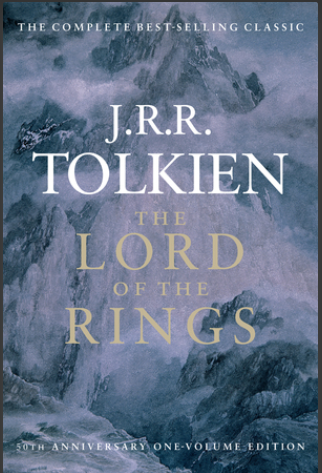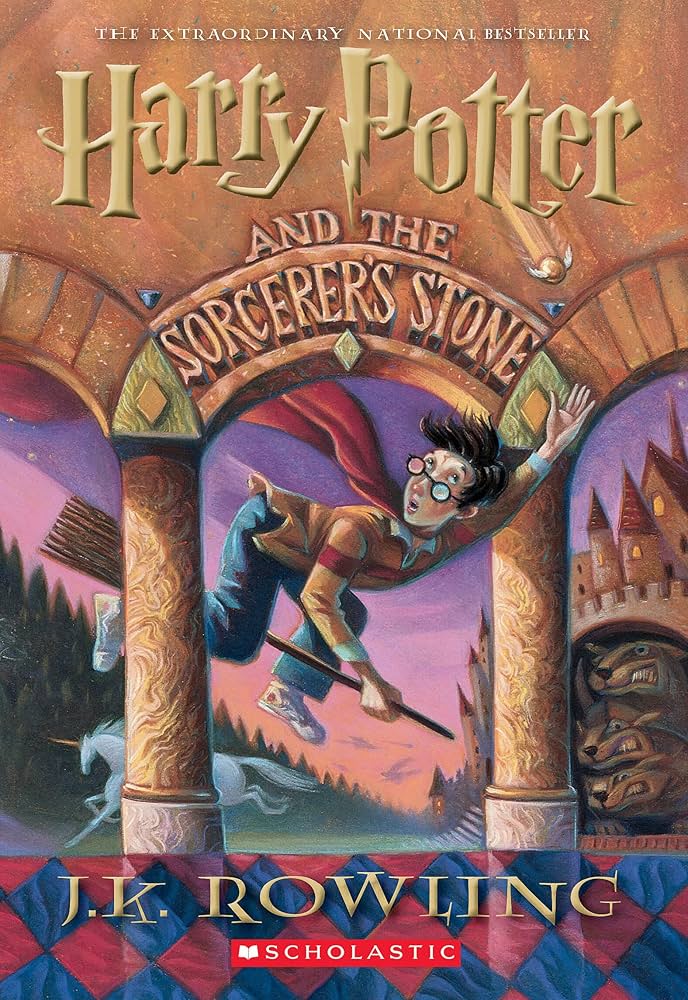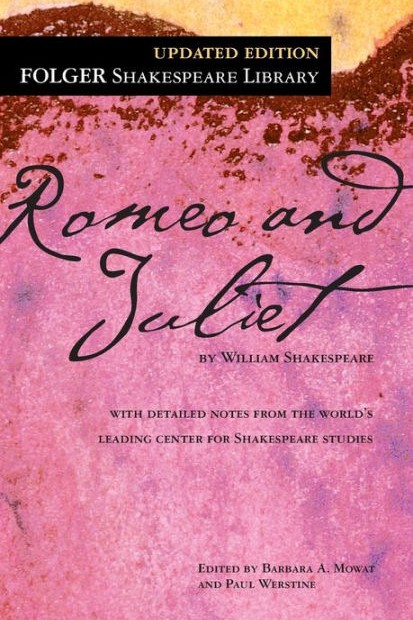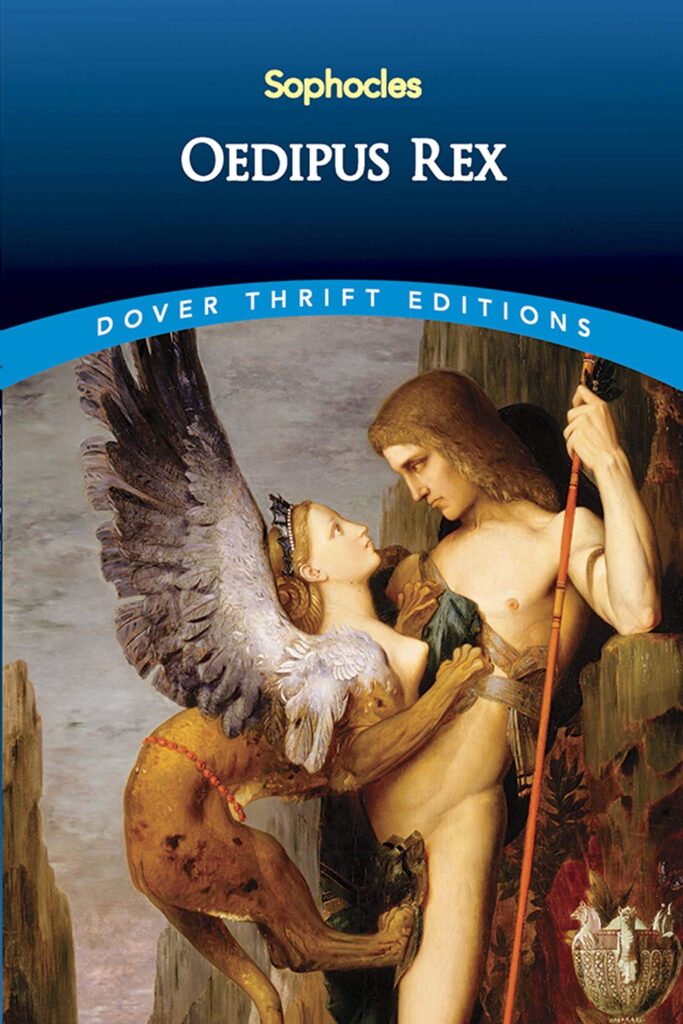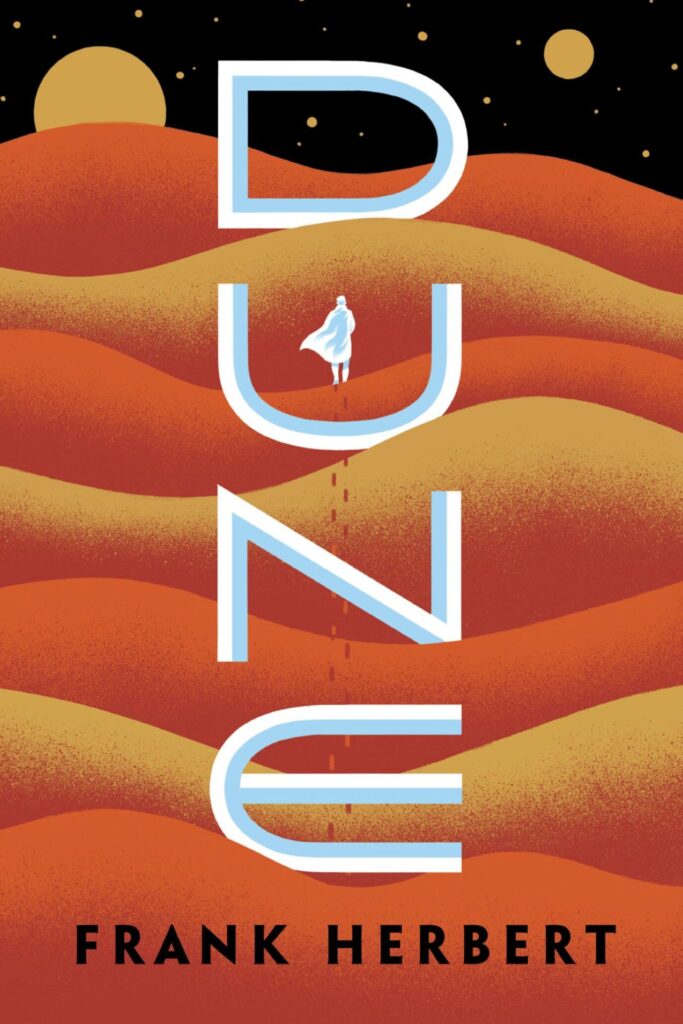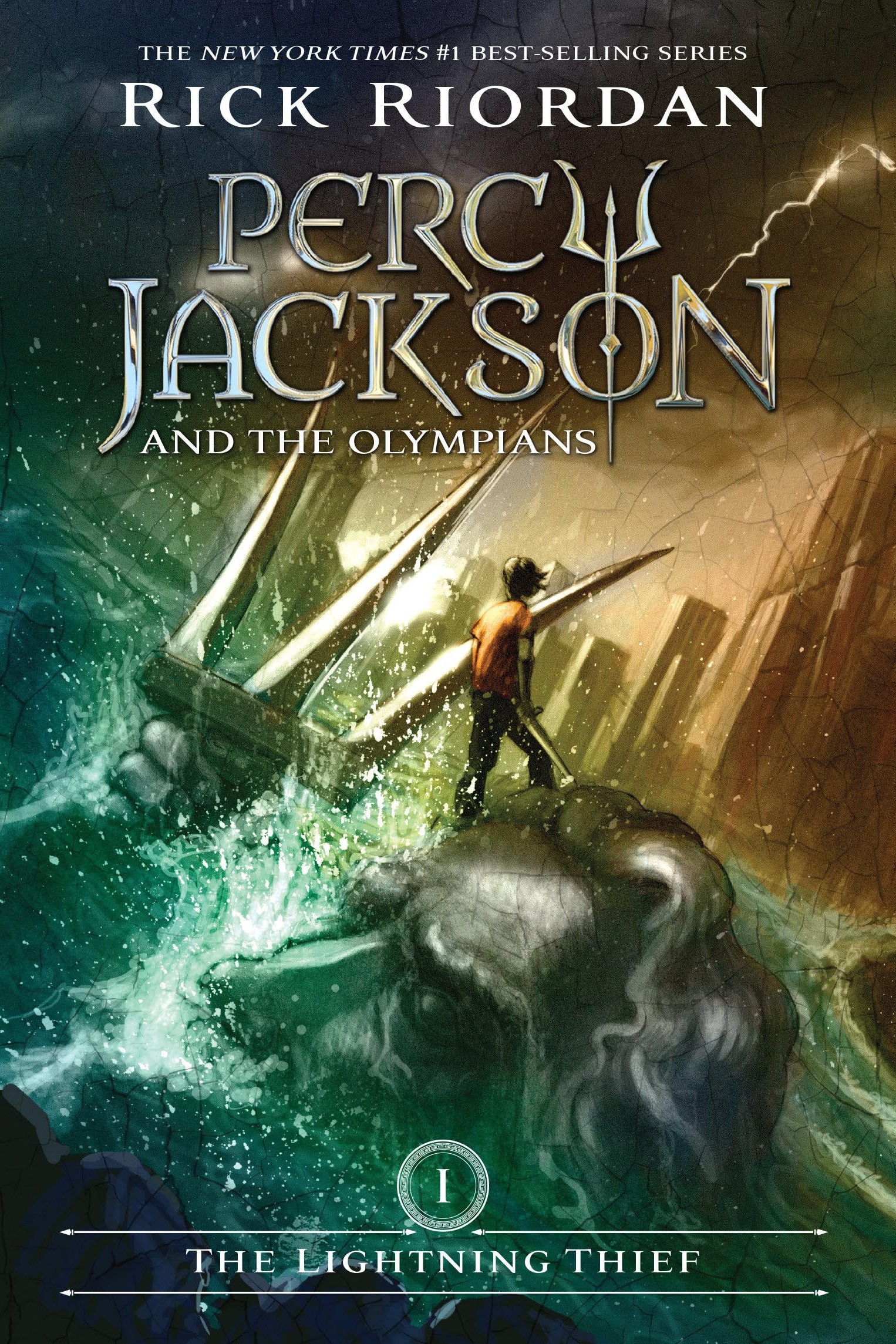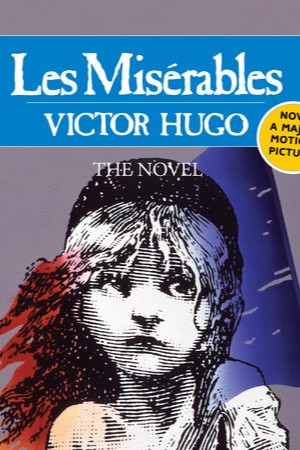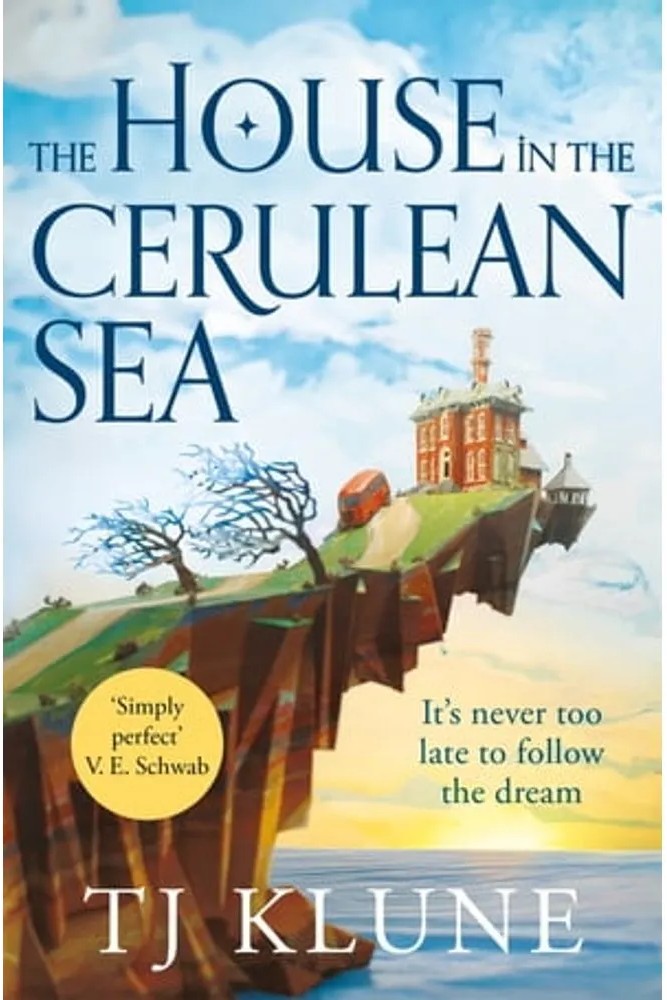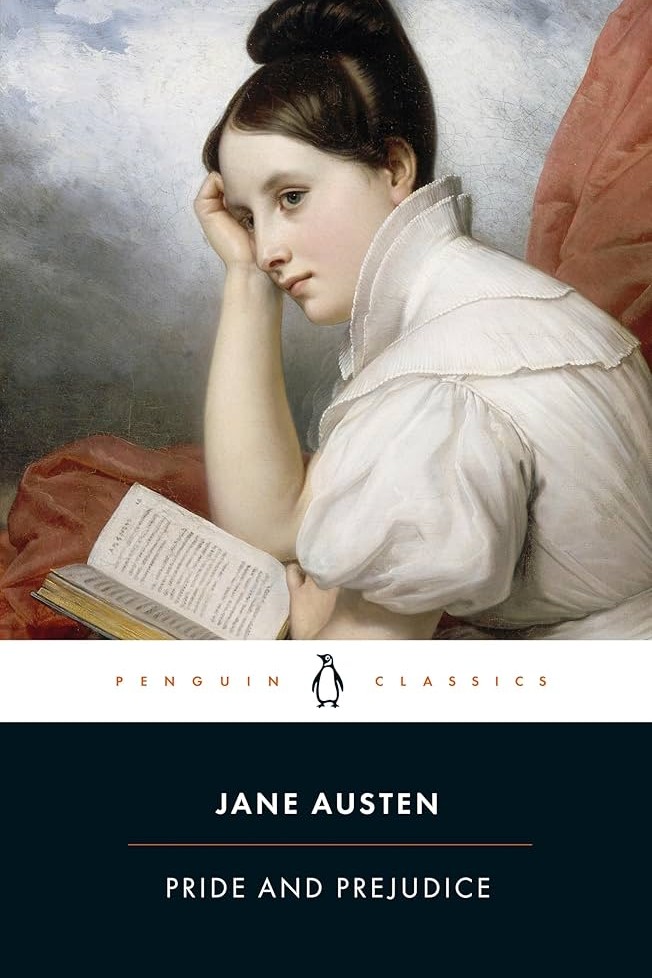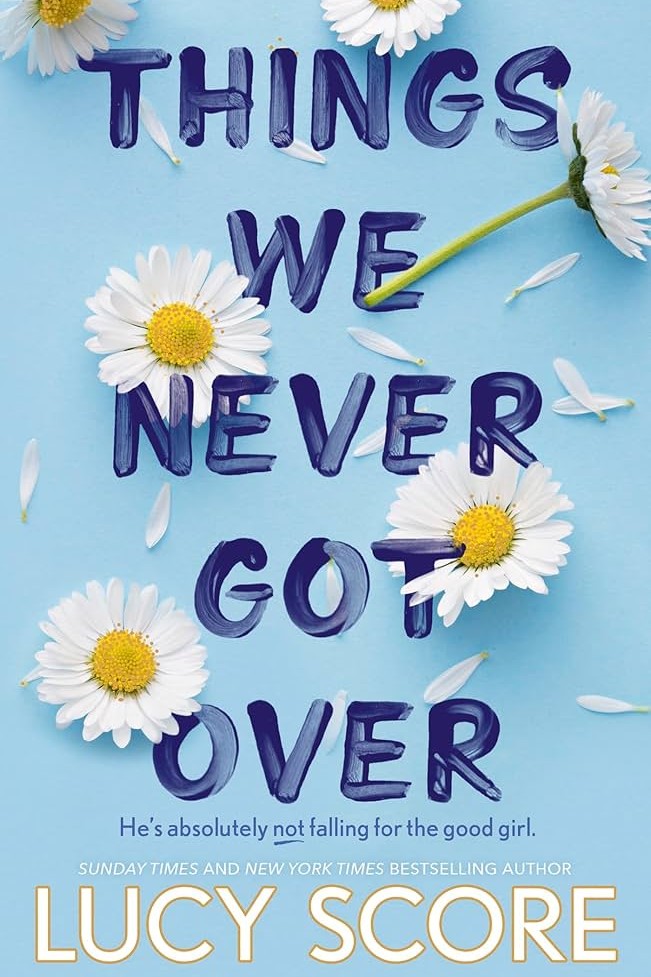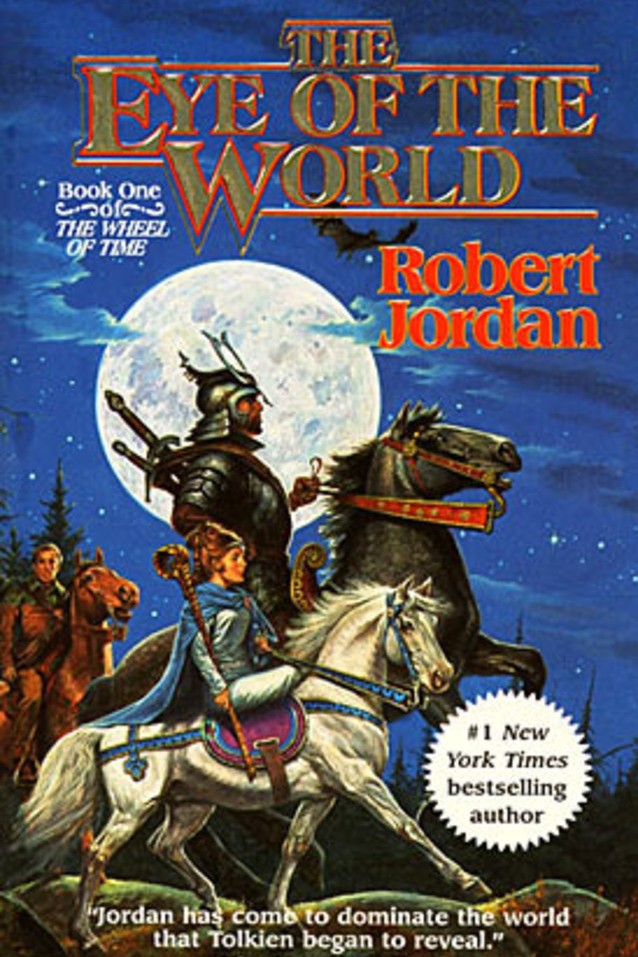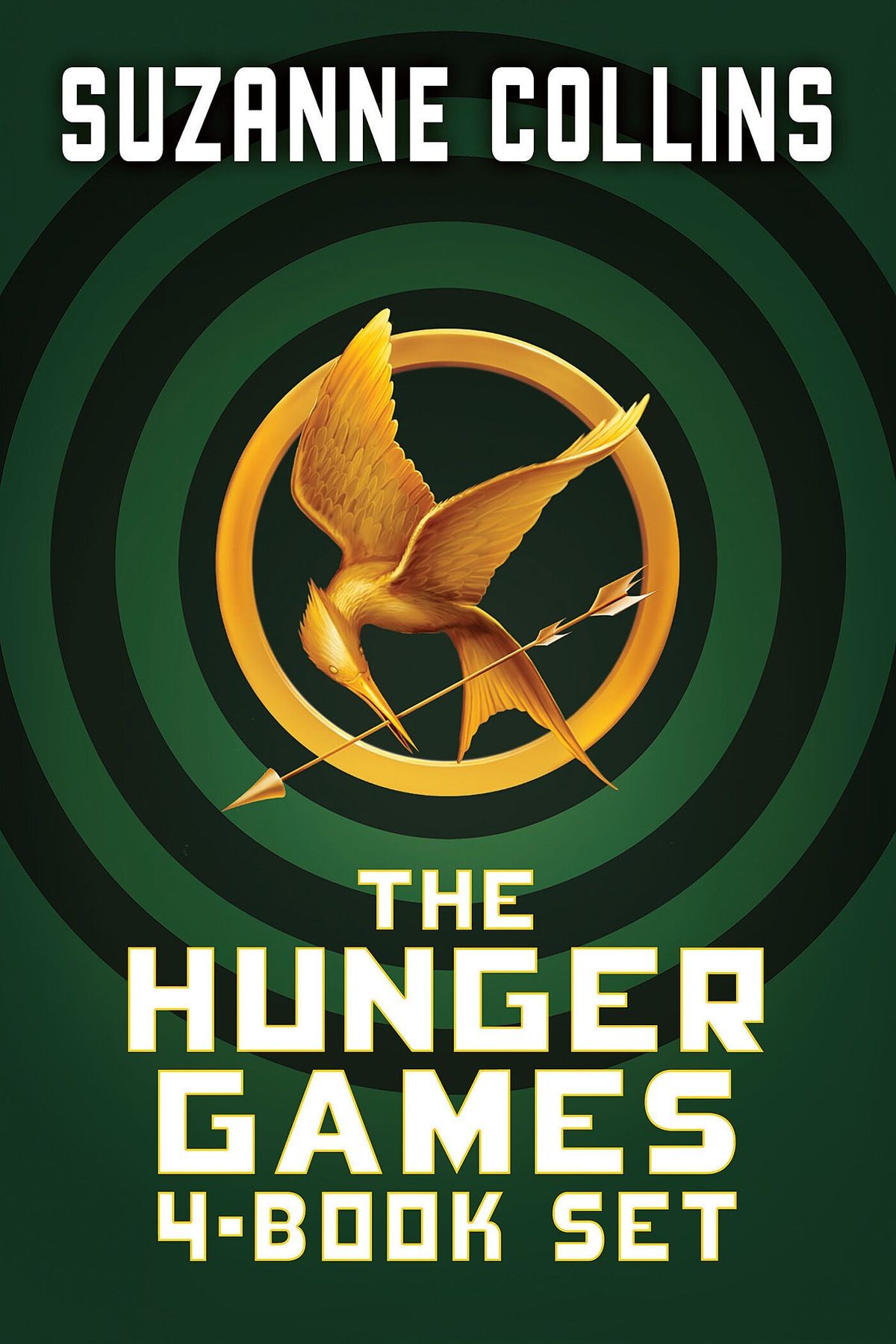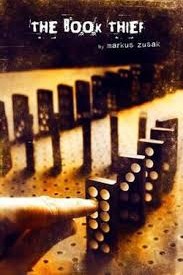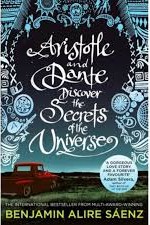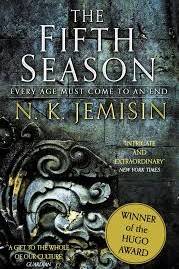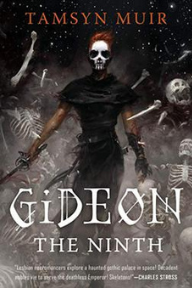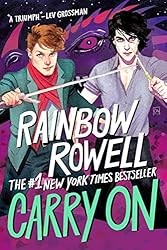Tropes in fiction and literature are repeated themes, symbols, or character types that readers instantly recognize. They’re the building blocks of storytelling, weaving familiarity into new narratives. From ancient myths to modern novels, tropes act as bridges to emotional engagement and plot progression.
But don’t be fooled: just because something is familiar doesn’t mean it’s cliché. When used creatively, tropes can elevate a story’s appeal, making it resonate more deeply with readers.
Moreover, every culture has its own cherished tales and familiar patterns. Whether it’s the “wise old mentor” in Japanese anime or the “forbidden romance” in Indian epics, tropes offer a shared storytelling language. They cross borders and genres, linking the fantasy realms of Tolkien with the crime worlds of Agatha Christie. This universal nature helps writers connect with audiences while also allowing them to twist expectations in surprising ways.
Books Mentioned in This Article
Here are the books that will be featured as examples for the tropes we will be discussing. These titles represent a diverse range of genres and storytelling approaches, each demonstrating how specific tropes can be used effectively to engage readers and enhance narrative impact.
(Affiliate links may earn us a small commission, but not always. The price stays the same for you in any case.)
Meta Tropes That Shape Storytelling
Some tropes appear across cultures, centuries, and even genres as the underlying frameworks of storytelling itself. These are the meta tropes: broad patterns that shape how stories unfold, from ancient epics to modern fiction.
The Hero’s Journey: A Universal Template. One of the most iconic tropes in literature, the Hero’s Journey maps a character’s transformation from ordinary to extraordinary. Think Frodo in The Lord of the Rings, or Harry Potter’s rise in the wizarding world. This template includes key moments, which can also be tropes, like the call to adventure, the mentor’s guidance, trials, and a triumphant return. It’s compelling because it mirrors our own struggles and victories.
Star-Crossed Lovers: Romance Against All Odds. Popularised by Shakespeare’s Romeo and Juliet, this trope features lovers doomed by fate, family, or circumstance. It’s heart-wrenching and irresistible because it taps into the universal desire for love and the pain of obstacles. You’ll find it echoed in everything from historical dramas to modern-day YA novels.
The Tragic Flaw: A Character’s Undoing. Also known as hamartia, this trope highlights a character’s inner weakness that ultimately leads to their downfall. In Greek tragedies like Oedipus Rex, or in modern tales like Jay Gatsby’s obsession in The Great Gatsby, the tragic flaw is a powerful device to evoke empathy and reflection.
The Chosen One: Destiny and Power. An old structure with a contemporary feel due to characters like Paul Atreides or Percy Jackson, this trope introduces a seemingly ordinary person destined for greatness. While often criticized for being overused, the chosen one arc remains captivating when it’s given depth and complexity.
Found Family: Bonds Beyond Blood. In an era that champions diversity and non-traditional relationships, the found family trope resonates deeply. Characters who come together to support each other – from Les Miserables to The House in the Cerulean Sea – show people caring for and protecting one another through chosen loyalty, not biological ties.
Enemies to Lovers: Love Born from Rivalry. This fan-favorite trope starts with tension and ends with affection. Whether it’s Elizabeth Bennet and Mr Darcy or Naomi Witt and Knox Morgan in the massive BookTok success Things We Never Got Over, audiences are hooked by the transformation of conflict into connection.
Genre-Specific Tropes in Literature
Mystery and Thriller: The Red Herring. Mystery writers love misdirection. A red herring is a false clue meant to throw readers (and detectives) off the scent. Agatha Christie mastered this device, making readers second-guess every character’s motive.
Fantasy: The Magical Mentor and Prophecies. From Merlin to Gandalf, the wise mentor figure helps guide the hero with knowledge and magic. Meanwhile, prophecy creates a sense of destiny and stakes, as seen in series like The Wheel of Time or Harry Potter.
Science Fiction: Dystopian Futures and AI Rebellion. Sci-fi tropes explore what-ifs through futuristic scenarios. Dystopian worlds, like in 1984 or The Hunger Games, critique modern society; meanwhile, rogue AI stories like Robopocalypse question the ethics of technology and humanity.
Historical Fiction: The Outsider’s Gaze. Historical fiction often follows a character who stands slightly apart from the world around them – a social outsider, foreigner, or progressive mind in a traditional setting like Liesel in The Book Thief. This perspective allows readers to engage critically with the historical moment, highlighting contrasts between personal values and collective norms.
Young Adult: The Coming-of-Age Quest. YA fiction frequently centers on the journey from adolescence to adulthood, whether literal or emotional. This trope explores identity, independence, and moral discovery, placing young characters in situations that force them to question authority and define who they are becoming. A strong example is Aristotle and Dante Discover the Secrets of the Universe.
Subverted Tropes for Creative Impact
Some of the most memorable stories flip tropes on their head. A princess who saves herself, or a villain who turns out to be the hero can surprise and delight readers. This subversion keeps storytelling fresh and avoids predictability.
Authors across genres have used trope subversion to powerful effect. In The Broken Earth trilogy by N.K. Jemisin, traditional fantasy roles are reimagined through complex power dynamics and shifting perspectives. Gideon the Ninth by Tamsyn Muir takes the “magical school” and “deadly tournament” tropes and twists them into something wildly original, blending sci-fi, necromancy, and irreverent humor. In The First Law series by Joe Abercrombie, heroism and villainy blur until familiar archetypes feel unstable. Even Carry On by Rainbow Rowell plays with the “chosen one” and “magic school” setup, turning expectations into emotional exploration. These works do not reject tropes; they reshape them into something unexpected.
While tropes are useful, overreliance can lead to clichés. When every fantasy book starts with a prophecy or every romance follows the same arc, readers may lose interest.
Tropes Keep Readers Coming Back
Don’t feel silly if you find yourself drawn to the same kind of narrative over and over. Tropes are part of how we experience and recognize stories. Whether we notice them or not, they help shape our emotional response, spark anticipation, and connect us to something larger than the plot. A well-placed trope feels like meeting an old friend in a new place.
Coming soon: Trope Gold Collection. A witty, no-fluff guide to the tropes that hook us and won’t let go.
Fetured Books
- The Lord of the Rings by J.R.R. Tolkien (1954)
- Harry Potter series by J.K. Rowling (1997)
- Romeo and Juliet by William Shakespeare (1597)
- Oedipus Rex by Sophocles (circa 429 BCE)
- The Great Gatsby by F. Scott Fitzgerald (1925)
- Dune by Frank Herbert (1965)
- Percy Jackson & the Olympians: The Lightning Thief by Rick Riordan (2005)
- Les Misérables by Victor Hugo (1862)
- The House in the Cerulean Sea by TJ Klune (2020)
- Pride and Prejudice by Jane Austen (1813)
- Things We Never Get Over by Luce Score (2022)
- The Wheel of Time series by Robert Jordan (1990)
- 1984 by George Orwell (1949)
- The Hunger Games by Suzanne Collins (2008)
- Robopocalypse by Daniel H. Wilson (2011)
- The Book Thief by Markus Zusak (2005)
- Aristotle and Dante Discover the Secrets of the Universe by Benjamin Alire (2012)
- The Broken Earth trilogy by N.K. Jemisin (2015)
- Gideon the Ninth by Tamsyn Muir (2019)
- The First Law series by Joe Abercrombie (2006)
- Carry On by Rainbow Rowell (2015)
